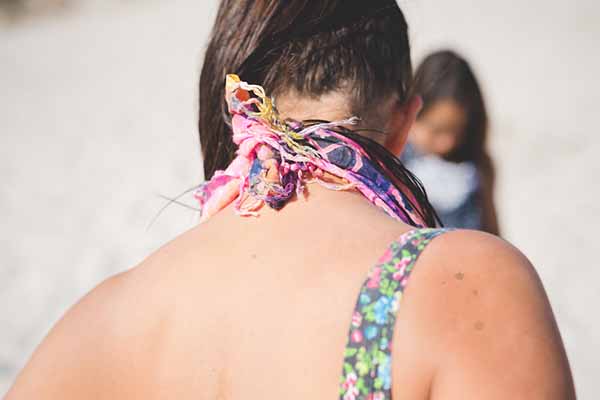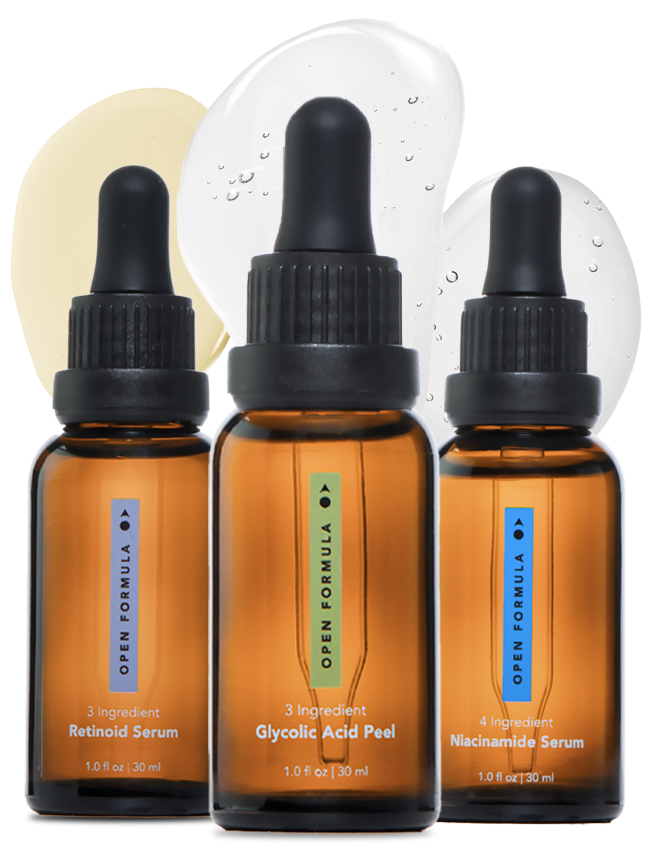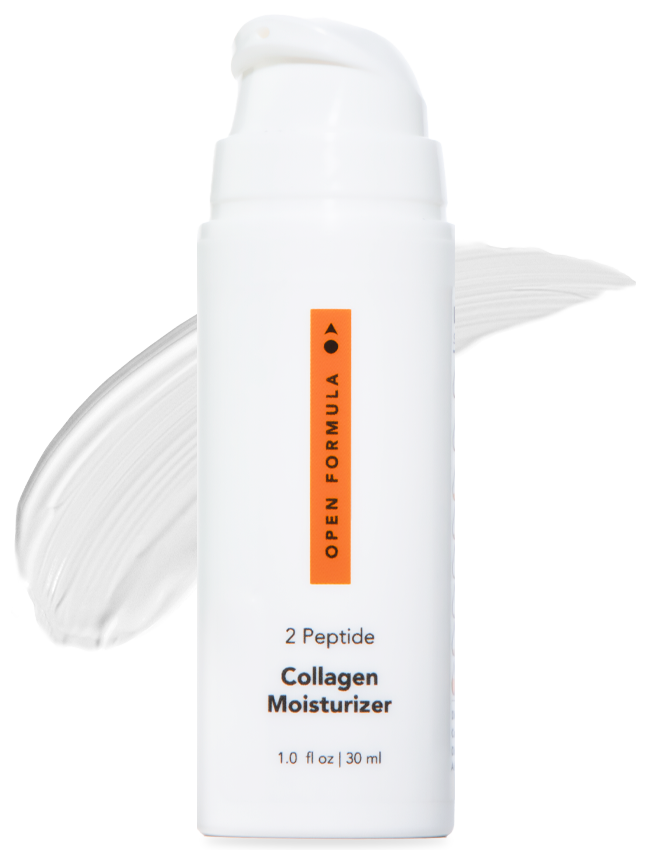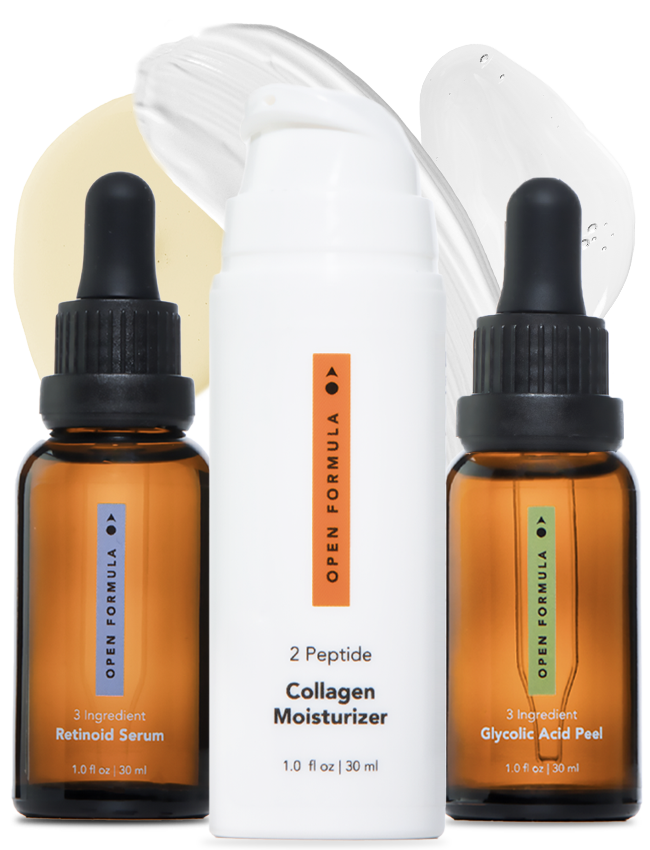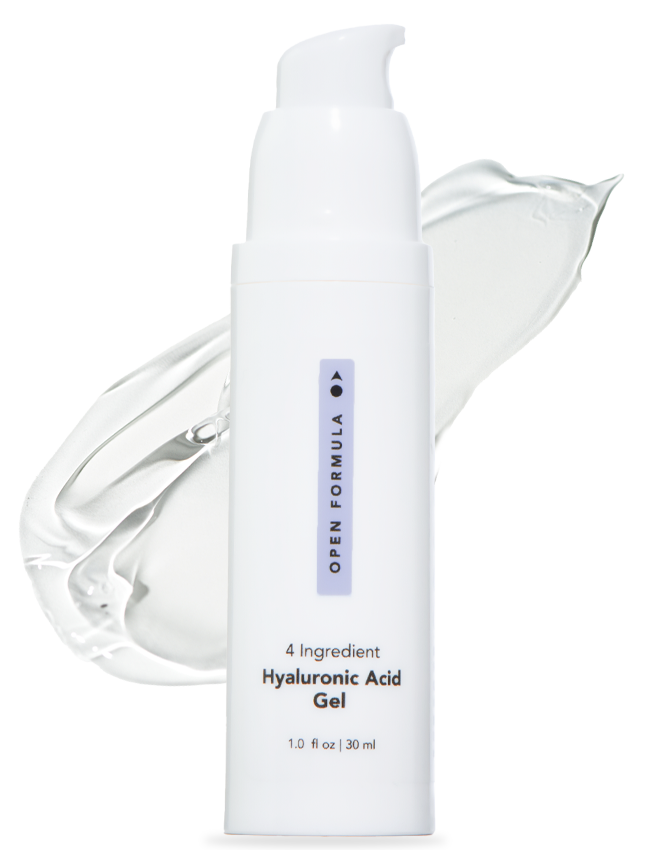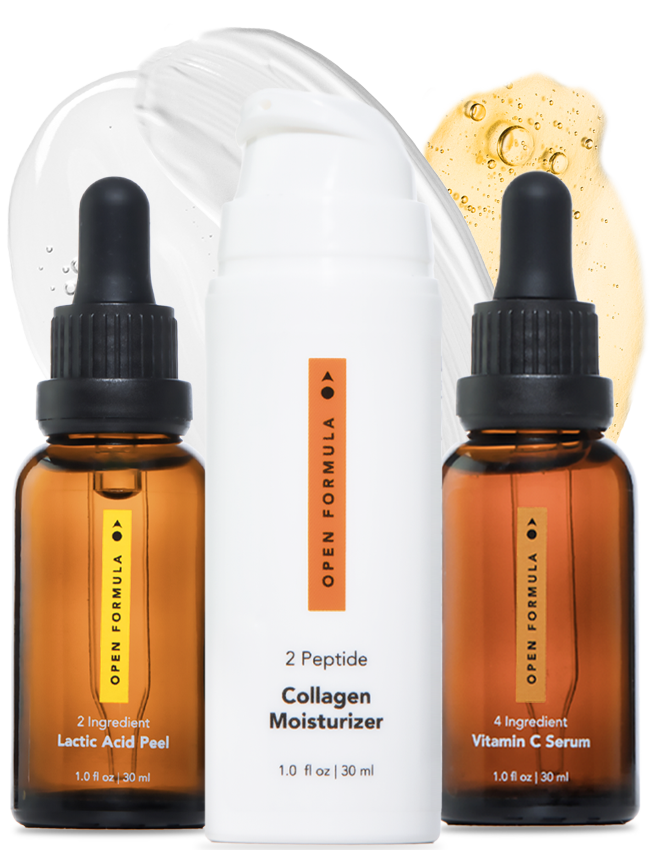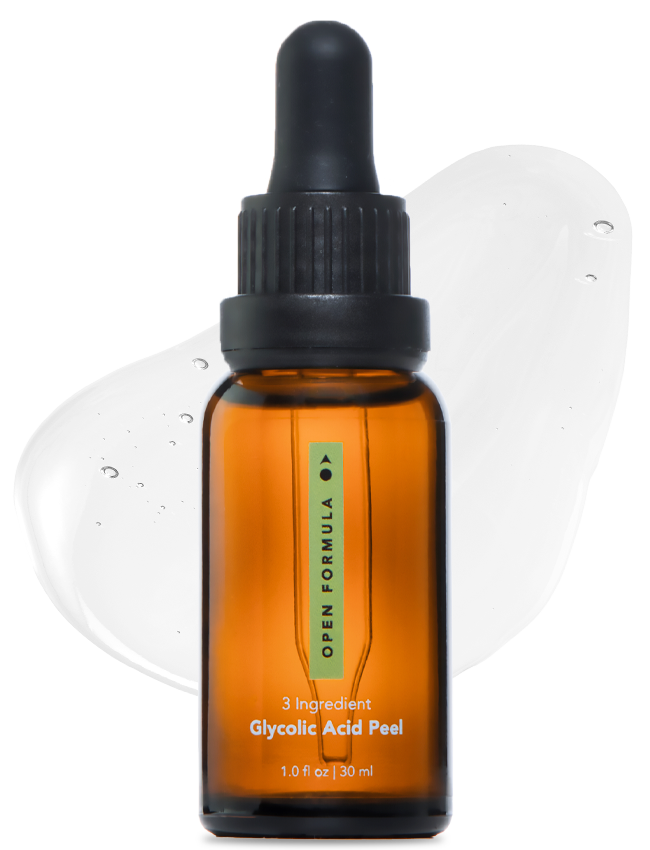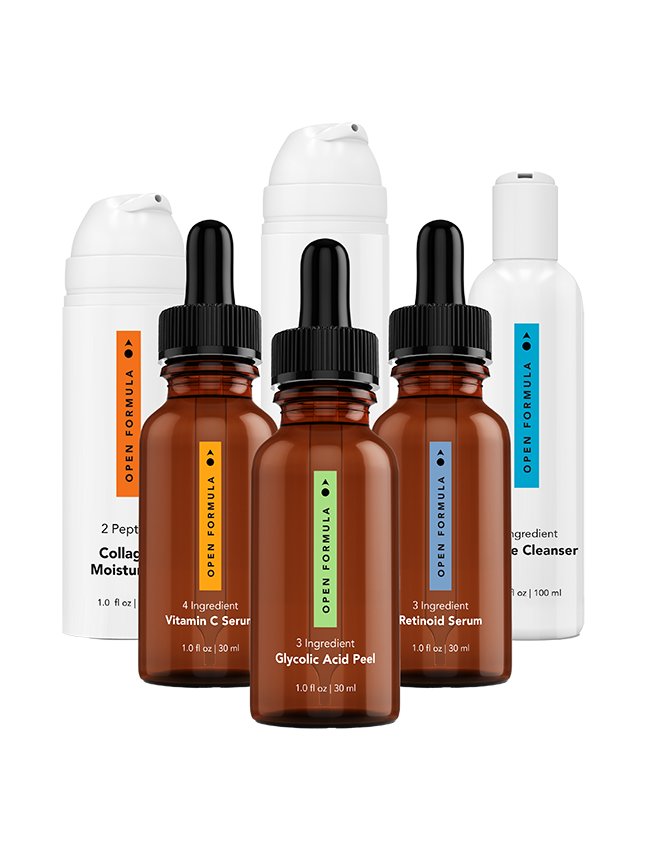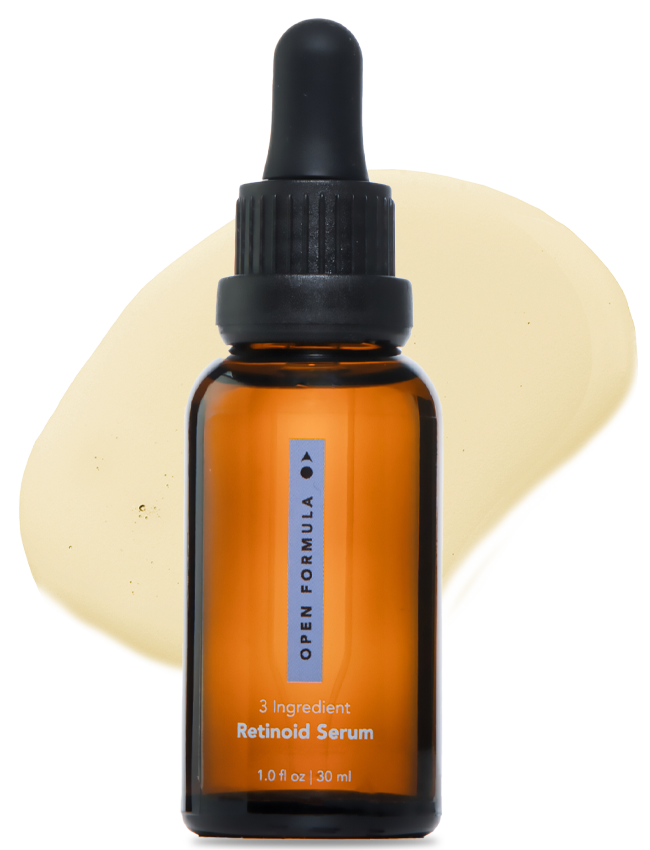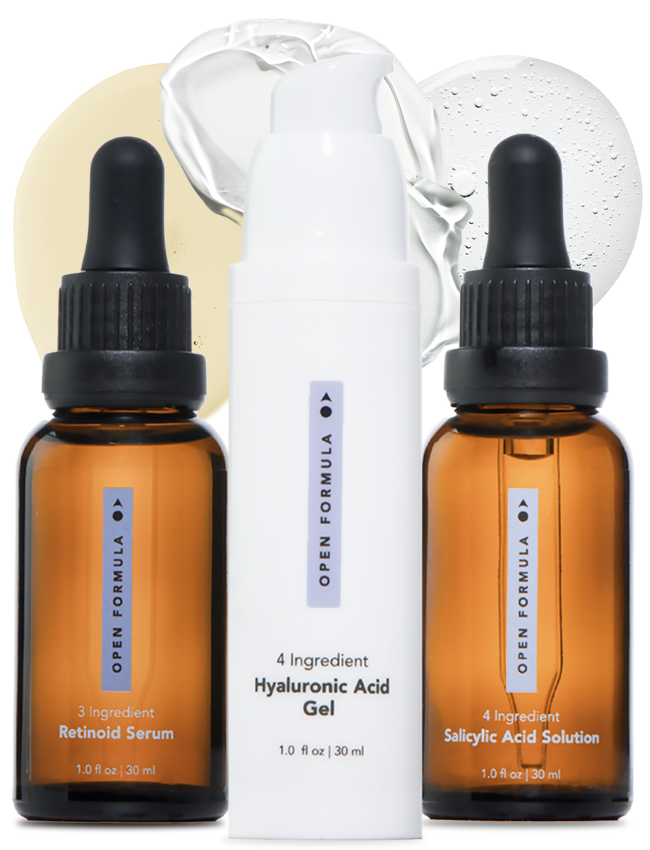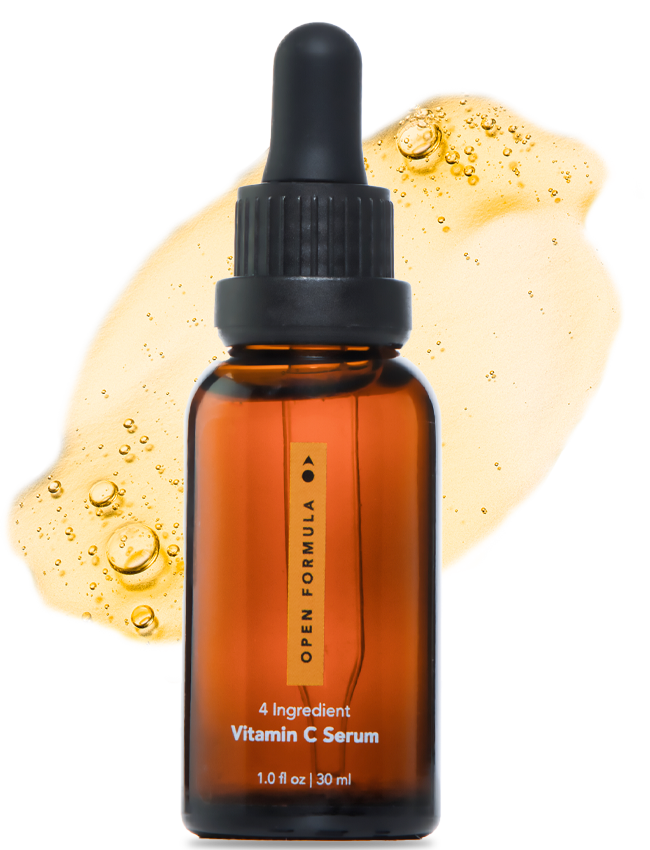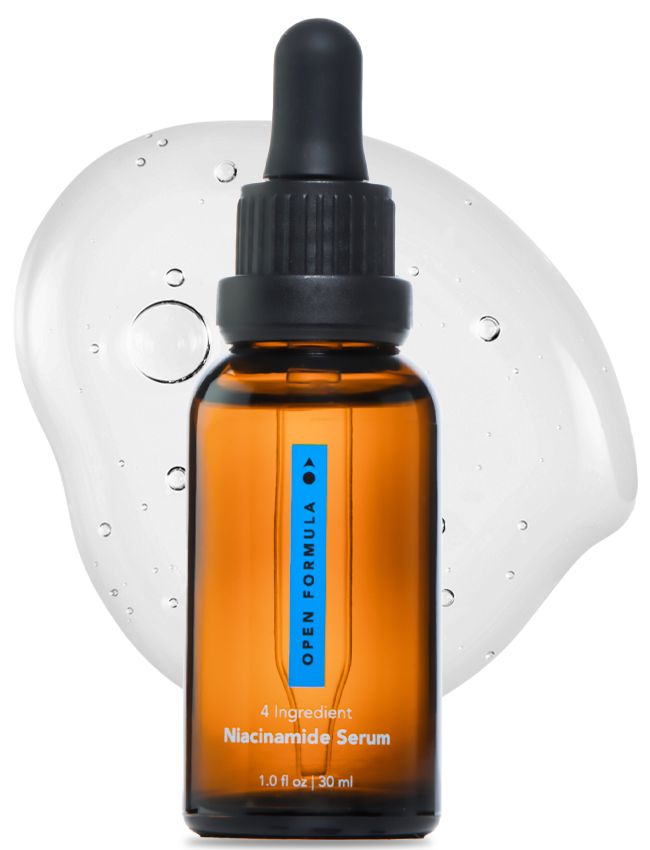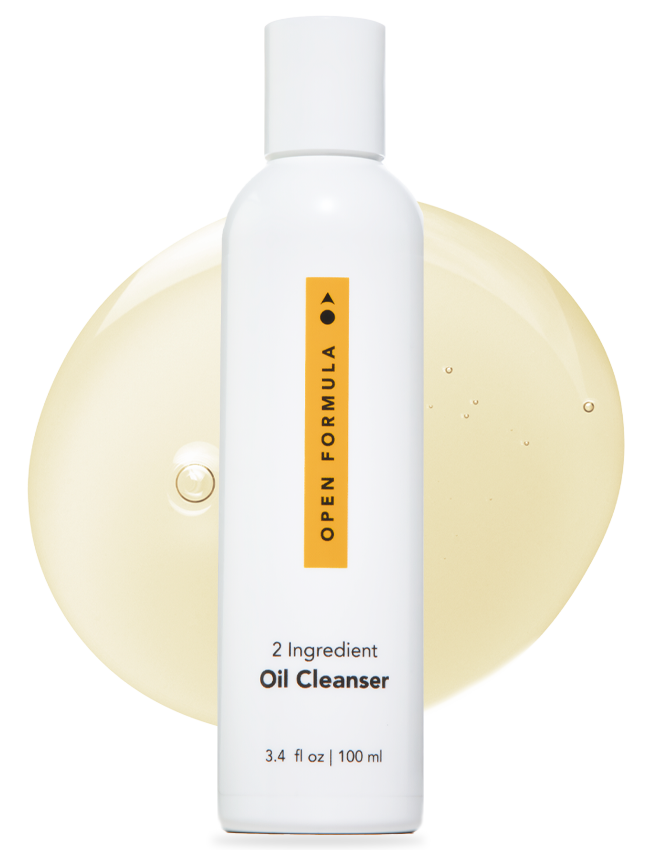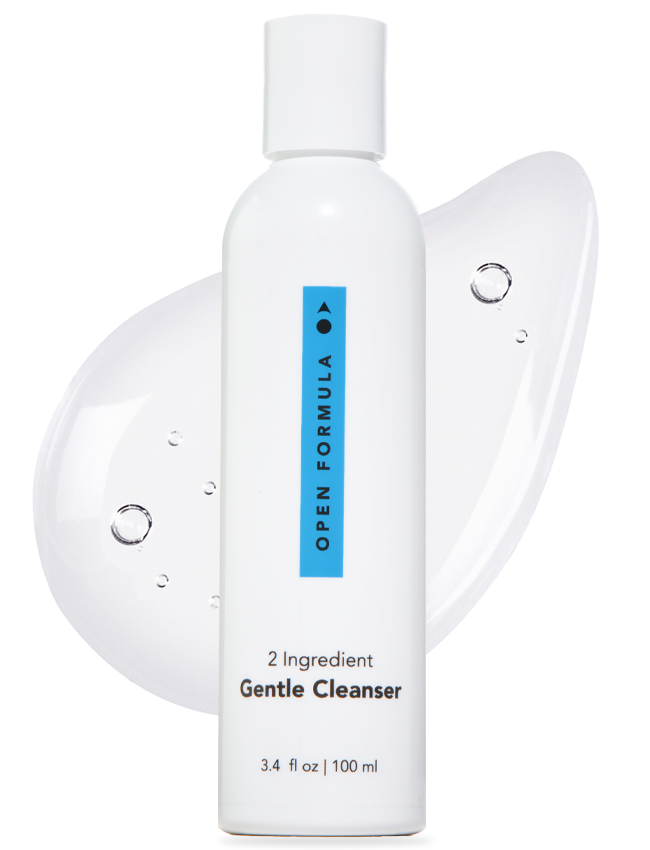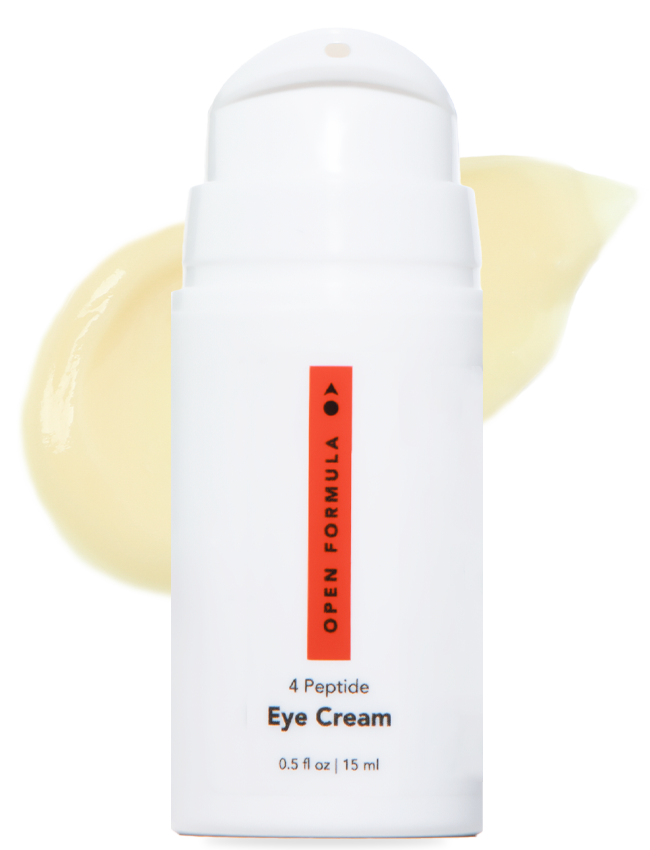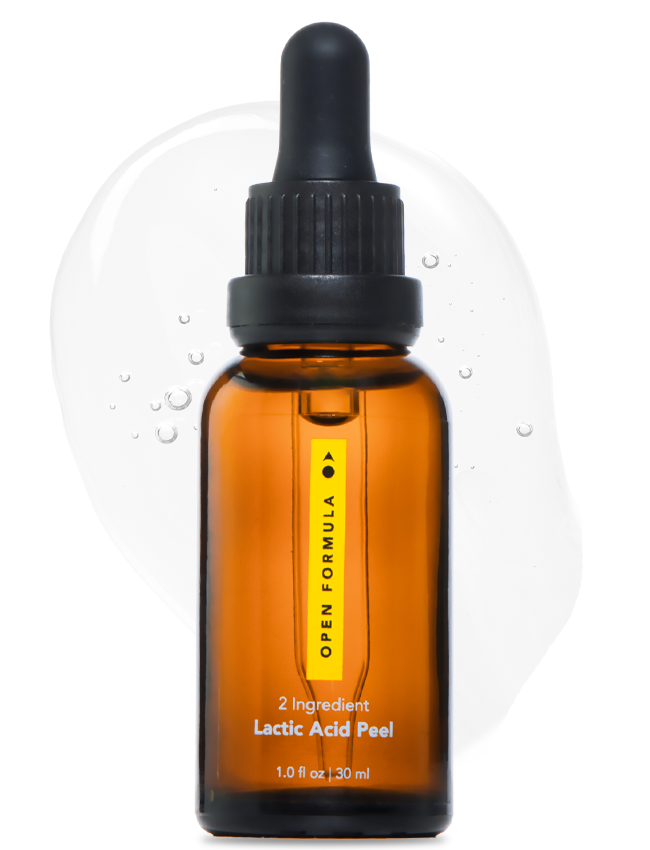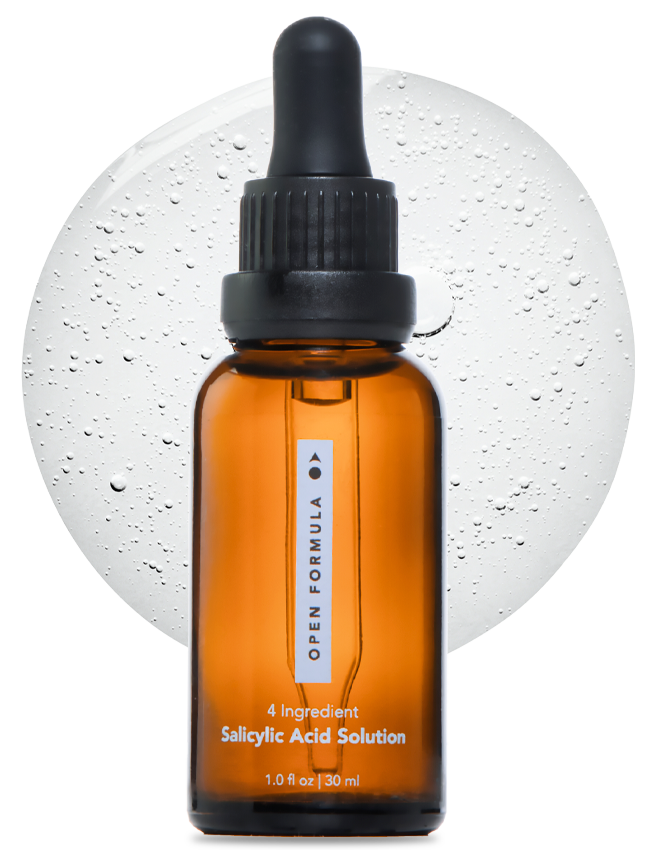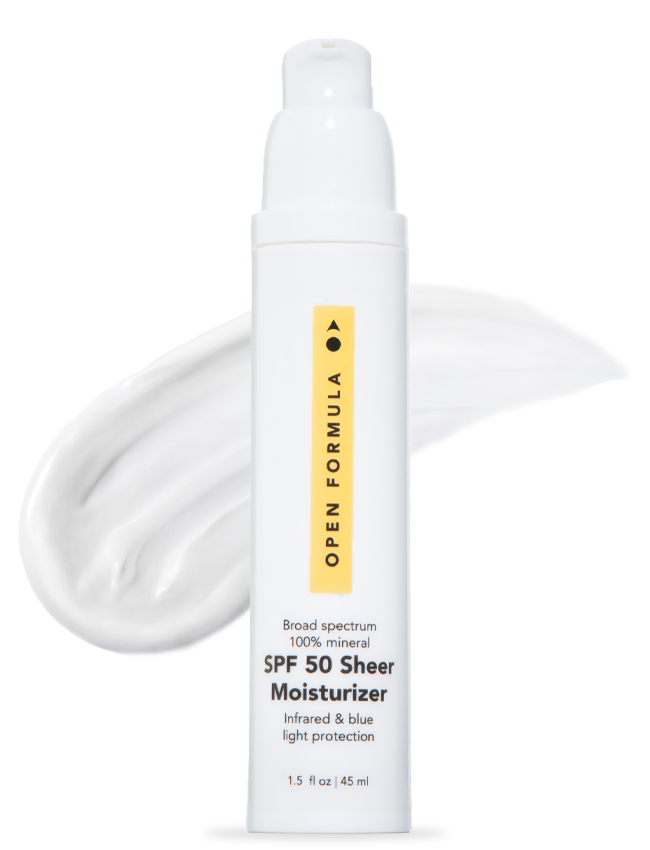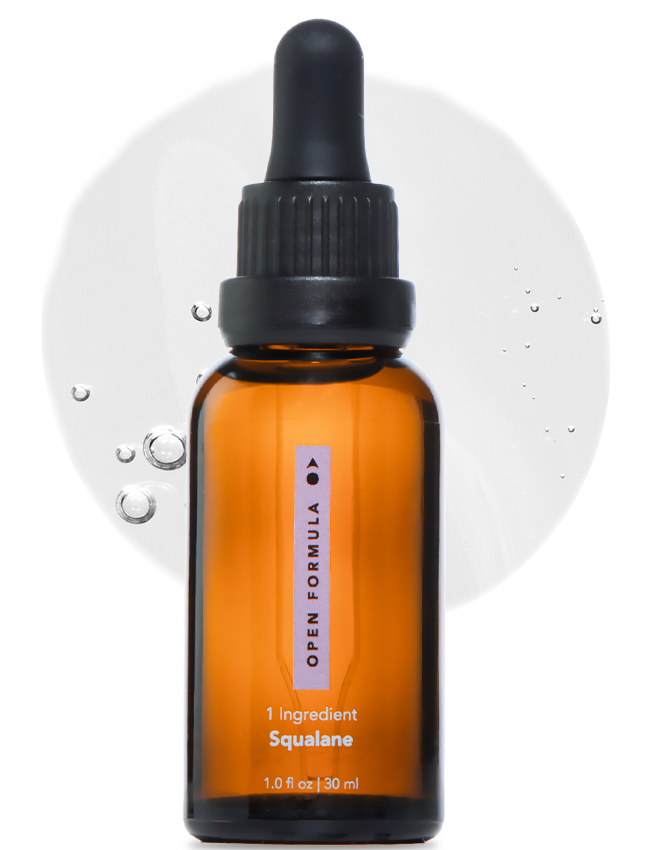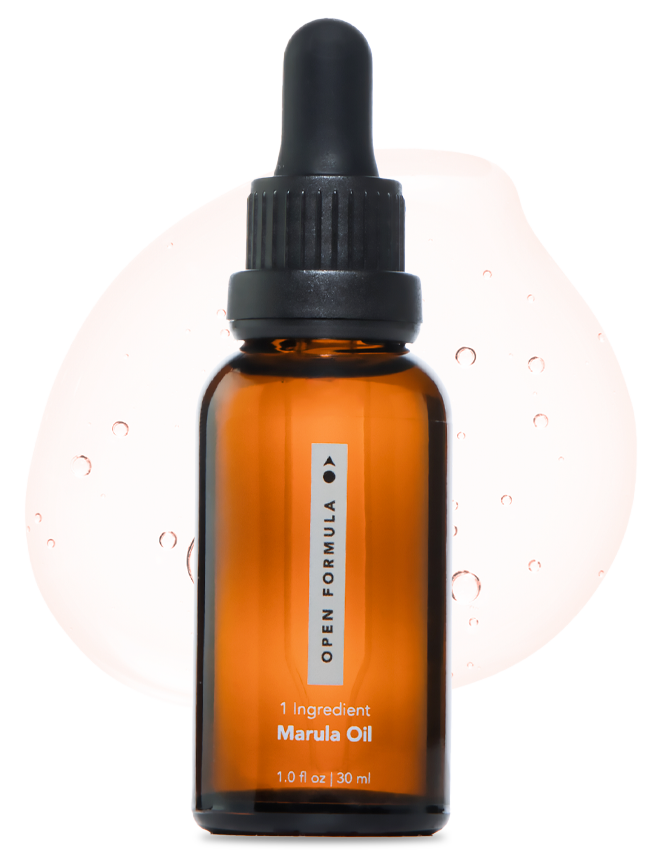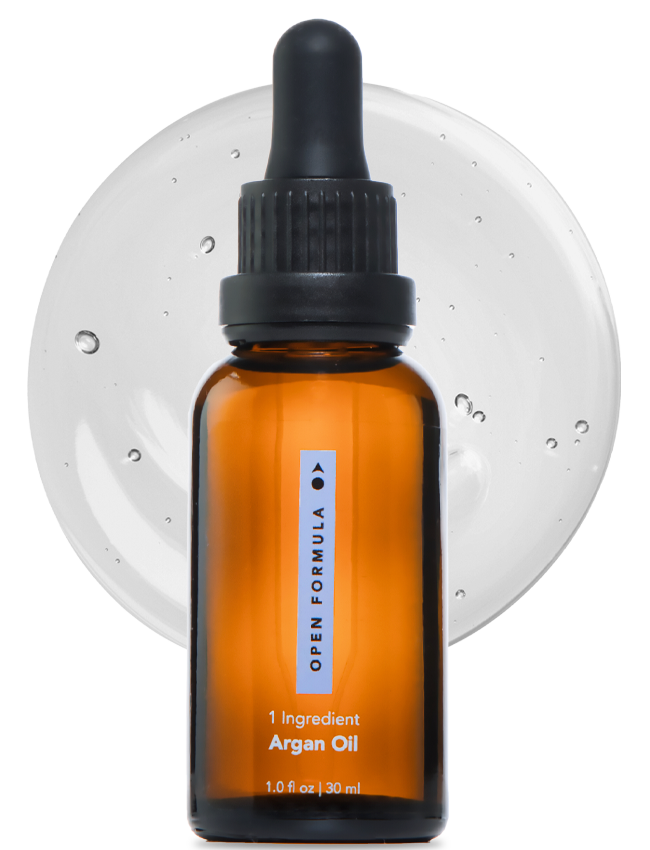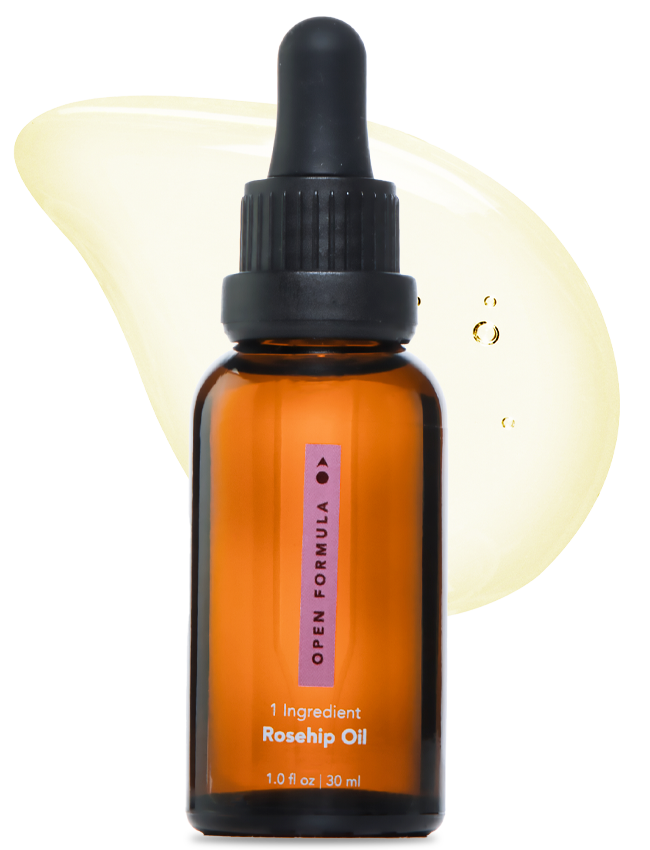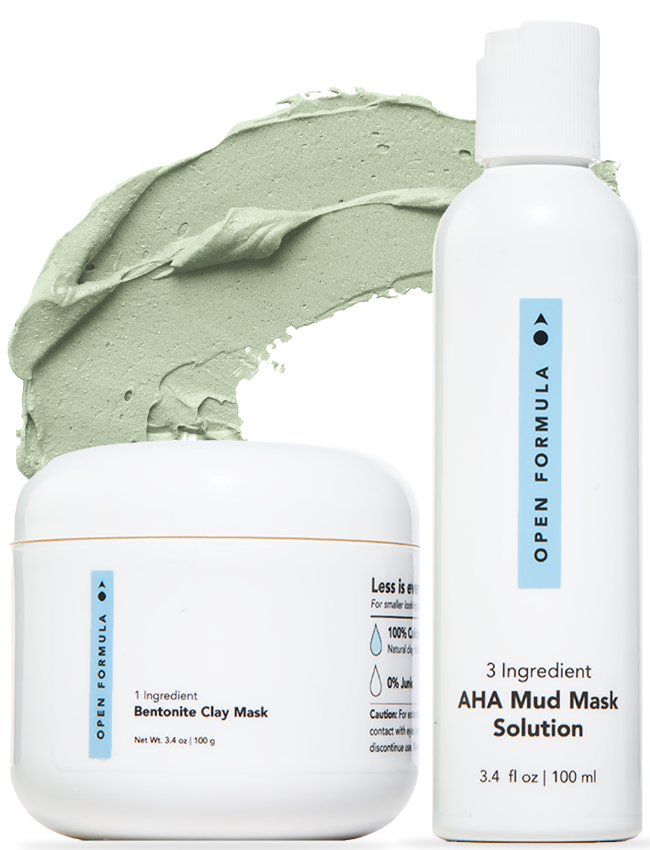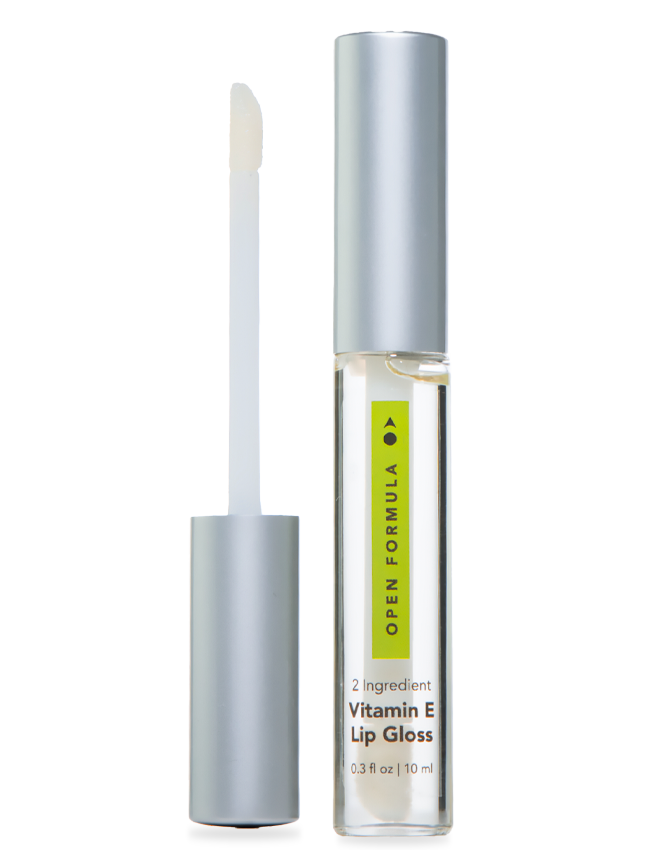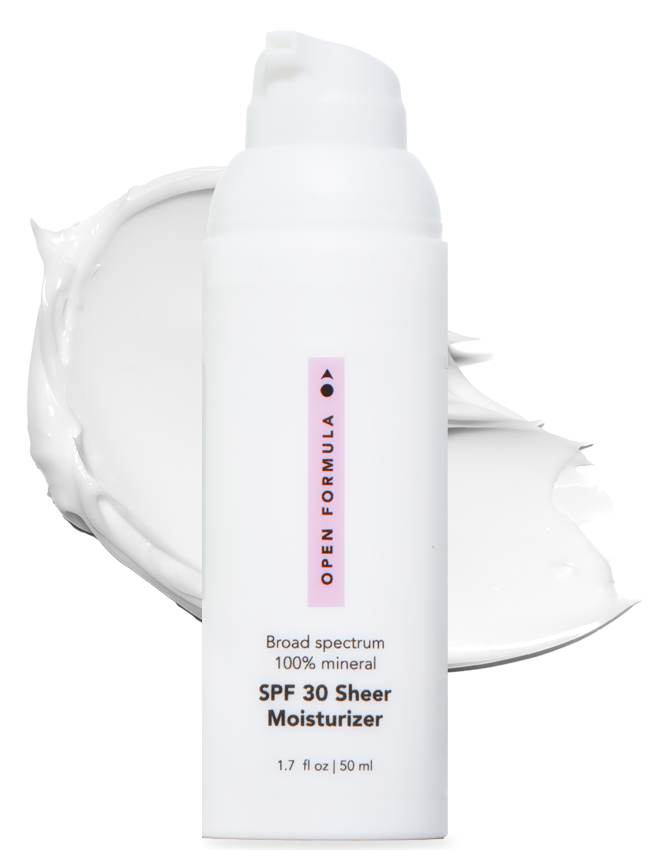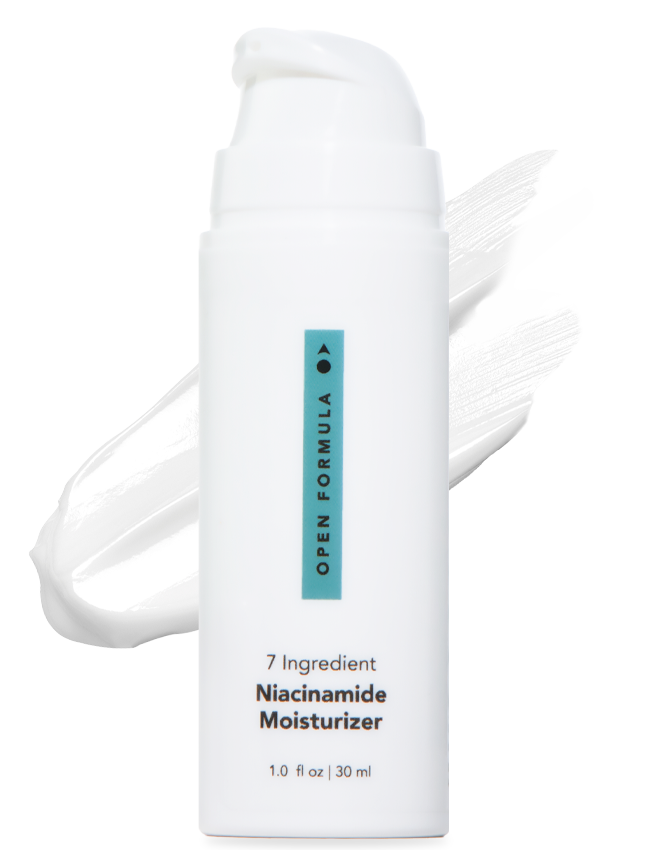Spotted hands, shoulders, and facial skin make you look years older. So let’s tackle age spots and how to prevent them.
What Are Age Spots
Age spots, also called dark spots, liver spots, sun spots, and solar lentigines, are areas on the skin of hyperpigmentation. Usually, age spots appear as small dark, flat spots on skin. They are most commonly found on the back of the hands, shoulders, and arms. Raised dark spots are usually moles and are completely different from age spots.
If you’re over the age of 50, you most likely have some. As they are most common as we age. But younger people can get age spots too, because of prolonged, unprotected sun exposure.
Actual age spots don't require any special treatment. However, they are a sign your skin has received a lot of sun exposure. The spots occur as your skin attempts to protect itself from further sun damage.
How Do You Get Them
Age spots are a reaction to sun exposure. The sun's UV rays speed up and increase the production of melanin. To protect itself from sun damage, the skin’s pigmentation cells become overactive and produce even more melanin. So these spots are really clumps of melanin where the body is trying to protect itself.
Lighter skin tones are more prone to sun damage. So, it makes sense that the lighter your skin, the higher your risk of getting age spots. Whereas darker skin naturally has more melanin and more protection from the sun as well as a lower risk of age spots.
How to Prevent Age Spots
Limit Sun Exposure
The number one factor to prevent the appearance of age spots is to limit sun exposure. It’s especially important to limit sun exposure between the hours of 10 am and 2 pm, as this is when sun is the strongest.
Use Sunscreen
Apply sunscreen properly 15-30 minutes before going outside, everyday. And yes, even in the winter. Make sure to use a broad spectrum sunscreen that works on both UVA and UVB rays.
If you have questions about which SPF to choose, there’s more information here.
Cover Up
Use large brimmed hats to protect your face. Wear long sleeved shirts and pants to protect arms and legs. Consider purchasing clothing designed for sun protection. If you do purchase clothing designed for sun protection, look for clothing with an ultraviolet protection factor (UPF) of 40 to 50 for optimal protection.
Treatments
Exfoliate
As we age the skin slows down its natural renewal process, leaving drier, more damaged skin cells at the surface. Regular exfoliation of the skin removes this surface buildup and allows the younger, brighter skin cells to appear on the surface.
Use a Retinoid
Retinoids are golden when it comes to skin care. They work on everything from premature signs of aging to acne to aiding in the reduction of hyperpigmentation. Retinoids increase the skin’s renewal process, unclog pores, and stimulate collagen production.
Dermaplaning
A skincare treatment that uses a small scalpel like blade to skim the skin’s surface, removing the dead skin cells and smoothing out skin tone. Dermaplaning, professional treatment, must be performed by a dermatologist or licensed medical esthetician. It may take more than one treatment for the desired effect.
Laser Treatments
Laser skin resurfacing treatments are proven to reduce wrinkles, acne scars, and age spots. These treatments make your skin even more hypersensitive to sun exposure ––that is why fall is the recommended laser treatment season.
There are many different types of laser treatments available. The lasers are optimized for different skin types. Laser treatments range from superficial, requiring only a topical anesthetic to quite deep, which requires anesthetic injection. If you are interested in laser resurfacing treatments, you will need to contact a cosmetic surgery center or highly trained professional to find out which treatments are best suited to removing your age spots. If you go the laser treatment route be prepared for multiple treatments.
Takeaway
The older you get, the more likely it is that you will have age spots. But if you don’t have them yet, you can begin today to take steps to protect and prevent them. Your best bet is to protect your skin from too much sun exposure.

